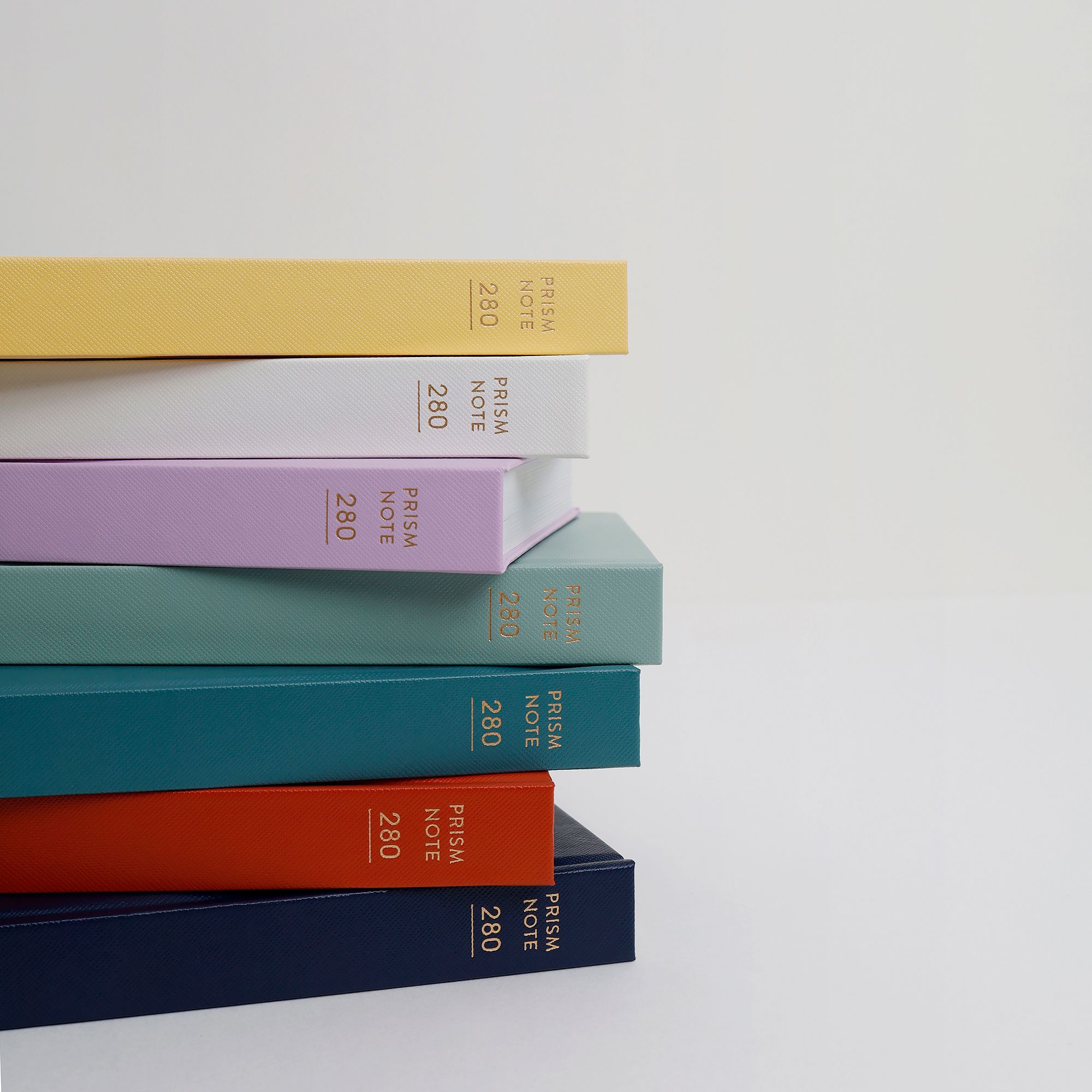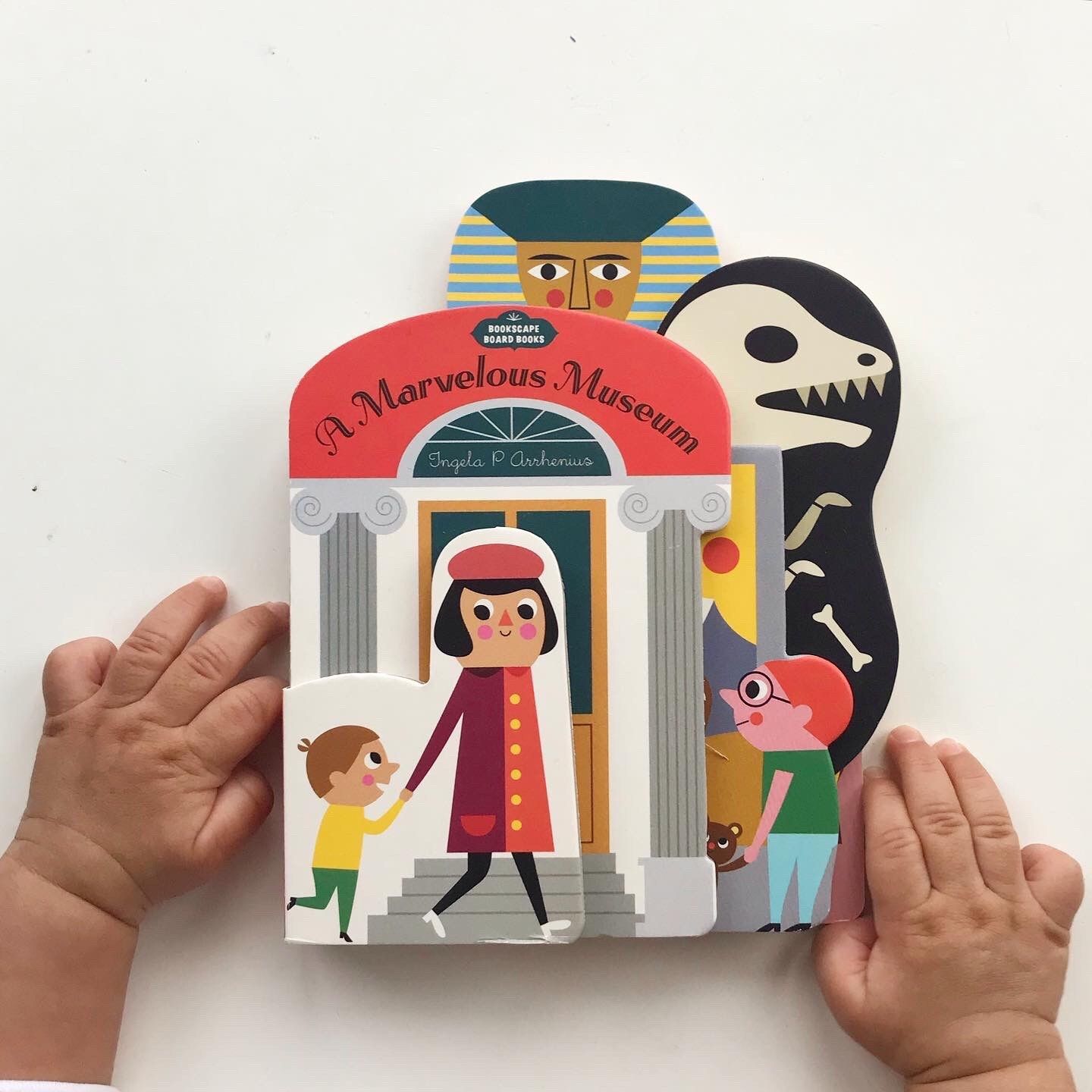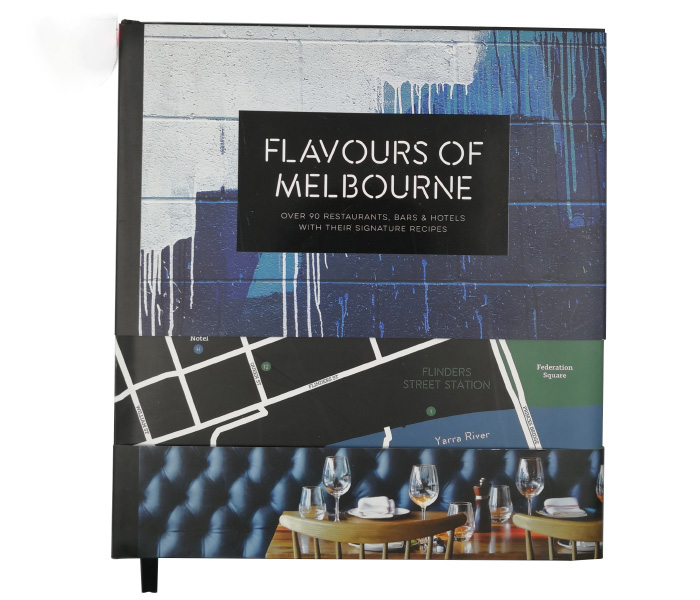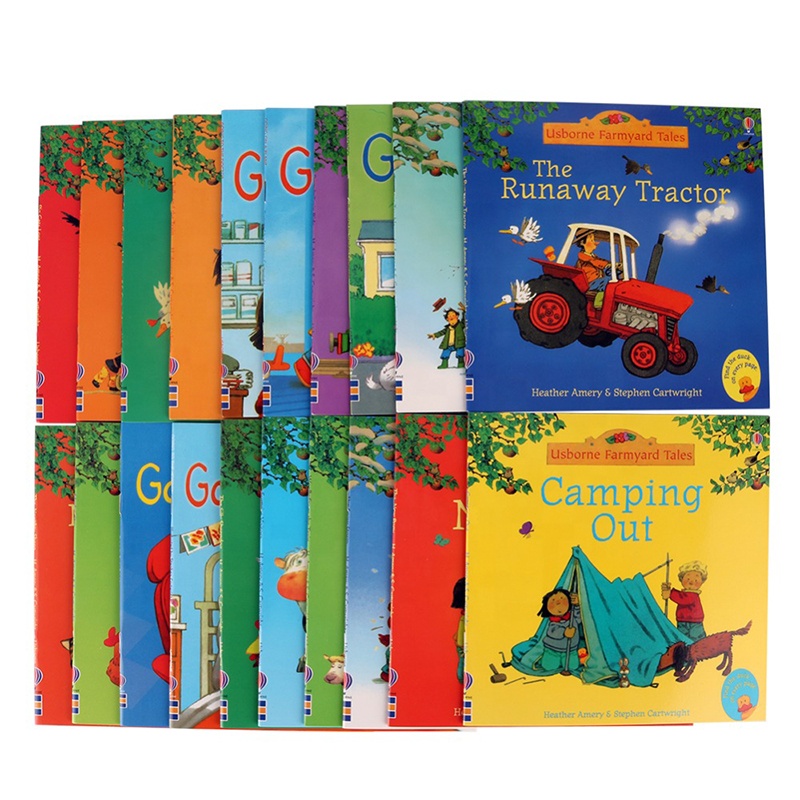Why is hardcover more expensive than board book?
When it comes to publishing literature for young readers, selecting the right printing format—whether a hardcover or a board book—plays a crucial role in meeting the specific needs of your audience. Each format has distinct advantages, but understanding the cost implications is essential for making an informed choice. In this article, we will delve into the differences between board books and hardcover books, focusing on why hardcovers generally come at a higher price point and helping you decide which option is best for your project.
목차
The Distinctions Between Board Books and Hardcovers
To fully grasp the differences between board books and hardcover books, it’s essential to explore their durability, structure, and intended audience. While both serve important roles in children’s literature, they cater to different age groups and functionalities.
What is a Board Book?
Board books are specially crafted for the youngest readers, making them a popular choice among parents, educators, and authors alike. Every page, including the cover, is produced from durable cardboard or paperboard, often with rounded corners to ensure safety. These compact and robust books can endure tearing, chewing, and spills, making them ideal for babies, toddlers, and preschool-aged children. Typically containing between 12 and 24 pages, board books are designed to be visually engaging, often featuring vibrant colors, textures, and interactive elements.
Advantages of Board Books
-
Safety: Designed with the youngest readers in mind, board books have rounded edges and sturdy pages, significantly reducing the risk of injury.
-
Engagement: The incorporation of interactive features such as flaps, textures, and bright illustrations captivates young readers and stimulates their senses.
-
내구성: The thick cardboard pages resist tearing, making board books perfect for children who are still developing their fine motor skills.
What is a Hardcover Book?
Hardcover books, often referred to as hardbacks, feature a rigid exterior made of cardboard covered in cloth or durable paper, typically bound with sewn or glued pages. These books cater to a more mature audience, including older children, teenagers, and adults. Hardcovers are commonly used for various purposes, from novels to textbooks to collector’s items. Their premium appearance makes them a favorite among publishers and readers alike, though they do come with a higher production cost compared to other formats.
Advantages of Hardcover Books
-
미적 매력: With their elegant look and feel, hardcover books are frequently chosen for special editions and high-quality publications.
-
내구성: While they may not withstand rough handling like board books, hardcovers can last for decades with proper care.
-
Versatility: Hardcovers are suitable for a wide array of genres, ranging from children’s stories to complex academic texts.
Board Book vs. Hardcover: Key Considerations for Your Printing Project
Choosing between a board book and a hardcover book is a significant decision, as it impacts both usability and appeal. Here are several crucial factors to consider:
1. Cost Implications
Board books are generally less expensive to produce due to their simpler manufacturing process. The materials and labor required are minimal compared to hardcover books, which necessitate more intricate production methods and higher-quality materials.
-
보드북: The cost-effective nature of board books makes them accessible for families, educators, and libraries.
-
Hardcover Books: The production costs for hardcovers are higher, driven by the use of premium materials and complex binding techniques.
2. Target Audience
Understanding your audience is vital. Board books are tailored for infants and toddlers, providing a safe and durable reading experience. On the other hand, hardcover books are designed for older children and adults, offering more sophisticated narratives and themes.
Content Length and Complexity
The typical length and complexity of the content will influence your format choice.
-
보드북: These books generally contain fewer pages and focus on simple, engaging stories that young children can easily handle.
-
Hardcover Books: They can accommodate longer, more intricate narratives, making them suitable for a broader range of topics and themes.
Durability and Usage
Board books are engineered for the wear and tear of everyday use by young children, making them nearly indestructible in most situations. Conversely, while hardcover books are robust, they are better preserved in controlled conditions, as they are often cherished as part of a collection.
Shape and Design
Board books typically have rounded edges, which minimize the risk of injury during enthusiastic reading sessions. Hardcover books, with their defined edges, maintain a traditional aesthetic but require careful handling to avoid damage.
Visual Appeal and Functionality
Board books often utilize bold imagery and minimal text to engage very young readers. However, they may not hold the interest of older children, who seek more substantial content. Hardcover books, with their premium appearance, are versatile and suitable for various applications, including novels, academic texts, and high-end marketing materials.
By understanding these distinctions, you can better align your book’s format with your project goals and audience, enhancing the overall reading experience and maximizing the value of your publication.
자주 묻는 질문
1. 왜 하드커버 책은 일반적으로 보드북보다 비싼가요?
하드커버 책은 일반적으로 표지에 천이나 가죽과 같은 더 비싼 재료와 더 복잡한 바인딩 공정이 필요합니다. 제조 복잡성과 더 높은 품질의 구성 요소는 더 간단한 생산 방법을 가진 보드북에 비해 비용이 증가하는 데 기여합니다.
2. 보드북은 모든 연령대에 적합할까요?
보드북은 유아와 유아와 같은 아주 어린 아이들을 위해 특별히 디자인되었습니다. 이 연령대에게 내구성 있고 안전한 옵션을 제공하는 반면, 하드커버 책은 더 큰 어린이와 성인을 대상으로 하며 더 복잡한 이야기와 주제를 제공합니다.
3. 내 프로젝트에 어떤 형식을 선택해야 할지 어떻게 결정합니까?
책에 가장 적합한 형식을 결정하려면 대상 독자, 콘텐츠 길이, 예산을 고려하세요. 프로젝트가 아주 어린 독자를 대상으로 하는 경우 내구성과 매력적인 콘텐츠로 인해 보드북이 가장 좋은 선택일 수 있습니다. 더 복잡한 스토리나 연장자 독자를 위한 교육 자료의 경우 하드커버 책이 더 적합할 것입니다. 이러한 요소를 평가하면 성공적인 인쇄 프로젝트를 보장하는 데 도움이 됩니다.
결론적으로, 보드북과 하드커버 책은 모두 젊은 독자를 위한 문학에서 중요한 역할을 합니다. 두 포맷의 차이점을 이해하면 프로젝트 목표에 맞는 정보에 입각한 결정을 내리는 데 도움이 되며, 출판물이 의도한 독자층에게 공감을 얻을 수 있습니다.
도서 인쇄
새로운 제품
마지막 블로그

책을 인쇄하는 데 드는 비용은 얼마인가요?
자체 출판은 창작에서 판매까지 자신의 작품에 대한 통제력을 유지하고자 하는 작가와 콘텐츠 제작자에게 점점 더 이상적인 선택이 되고 있습니다. 전통적인 출판과 달리,

일부 하드커버 에디션이 페이퍼백 에디션보다 훨씬 저렴한 이유는 무엇입니까?
책의 가격은 항상 독자들에게 복잡하고 때로는 당혹스러운 주제였습니다. 하드커버 책은 전통적으로 튼튼한 소재와 더 높은 생산 비용으로 인해 더 비싼 것으로 여겨졌지만
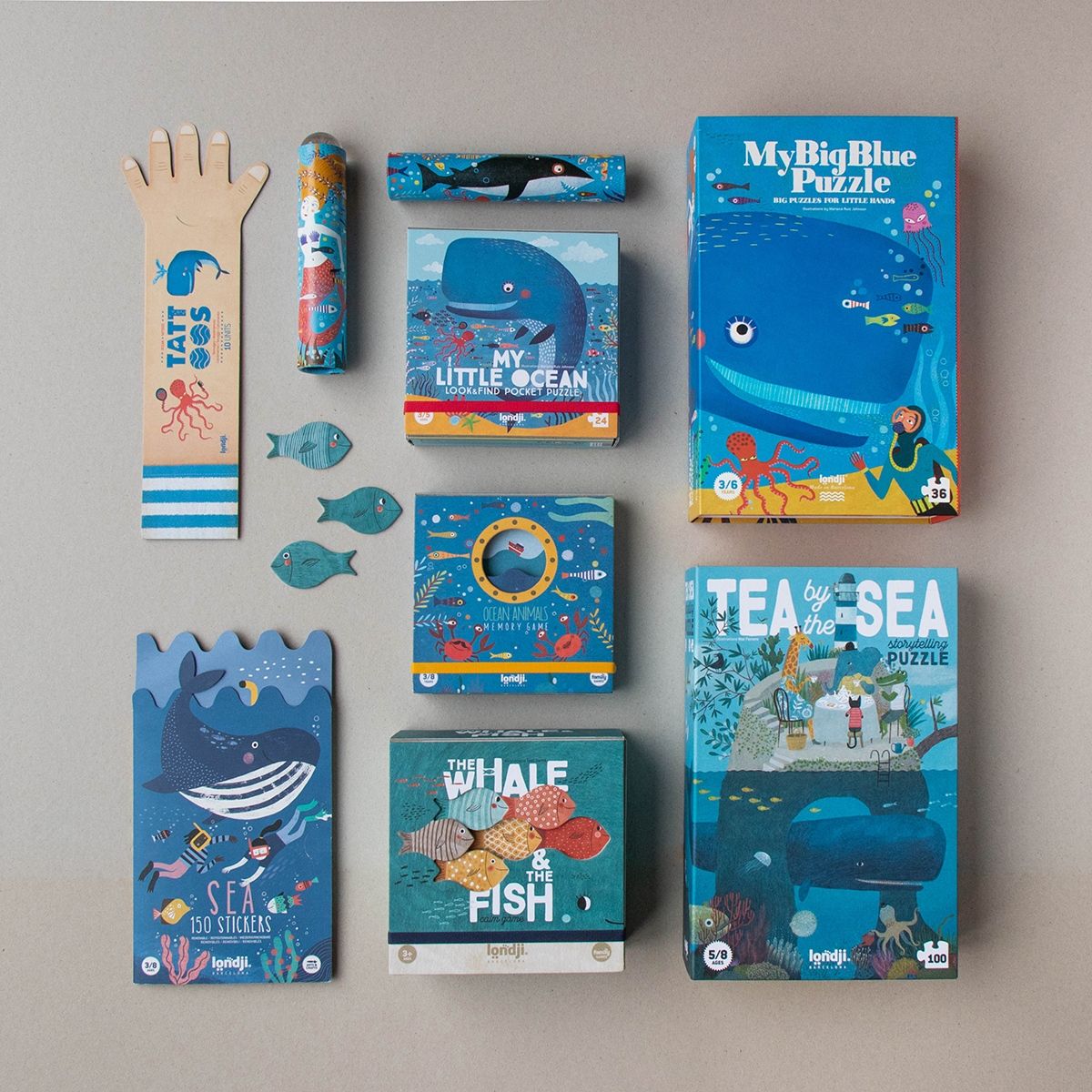
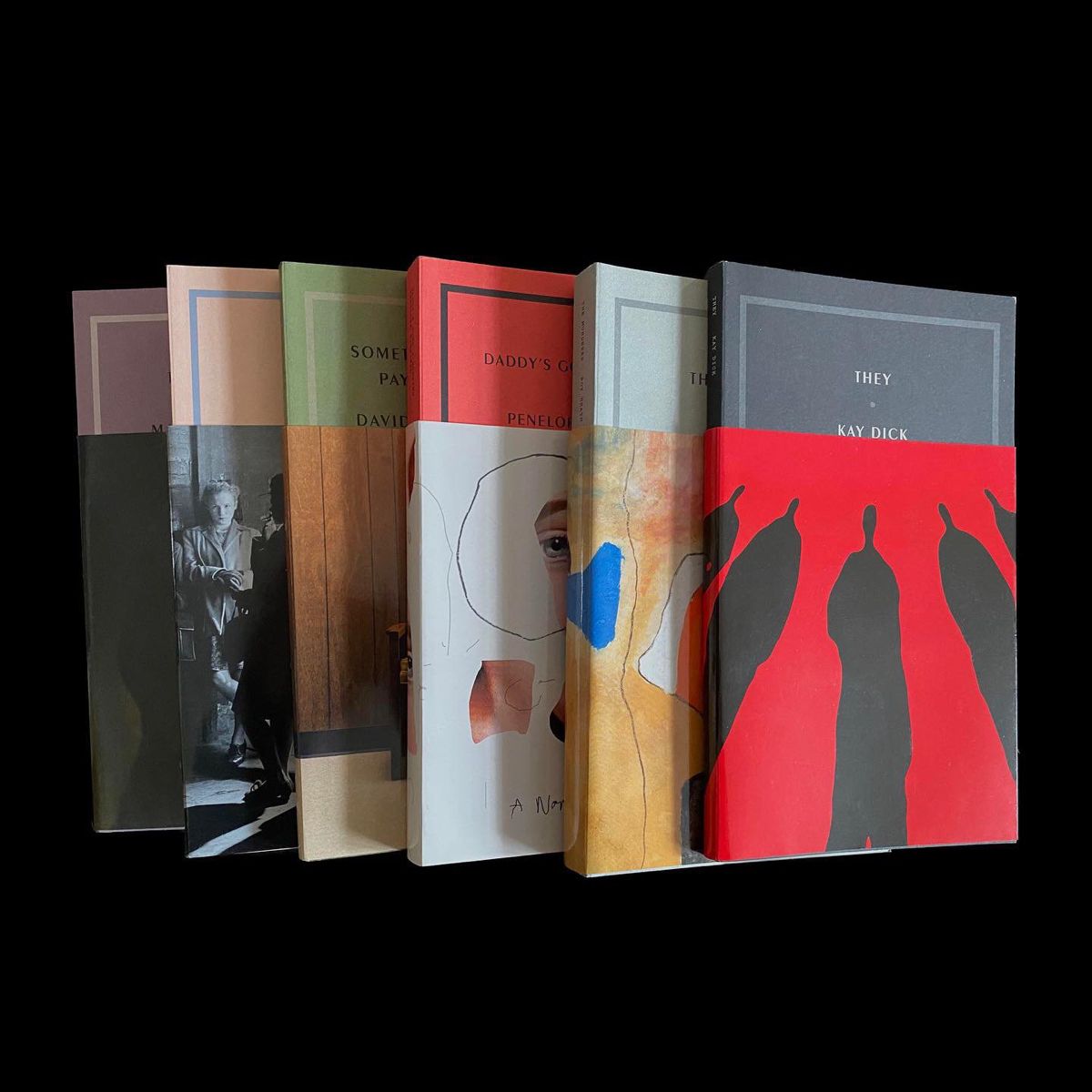
문의하기
- +86 13946584521
- info@booksprinting.net
- 8:00 - 22:00 (월~일)
댓글
관련 블로그
도서 인쇄 사업의 최신 트렌드와 일반적인 지식을 찾아보세요.
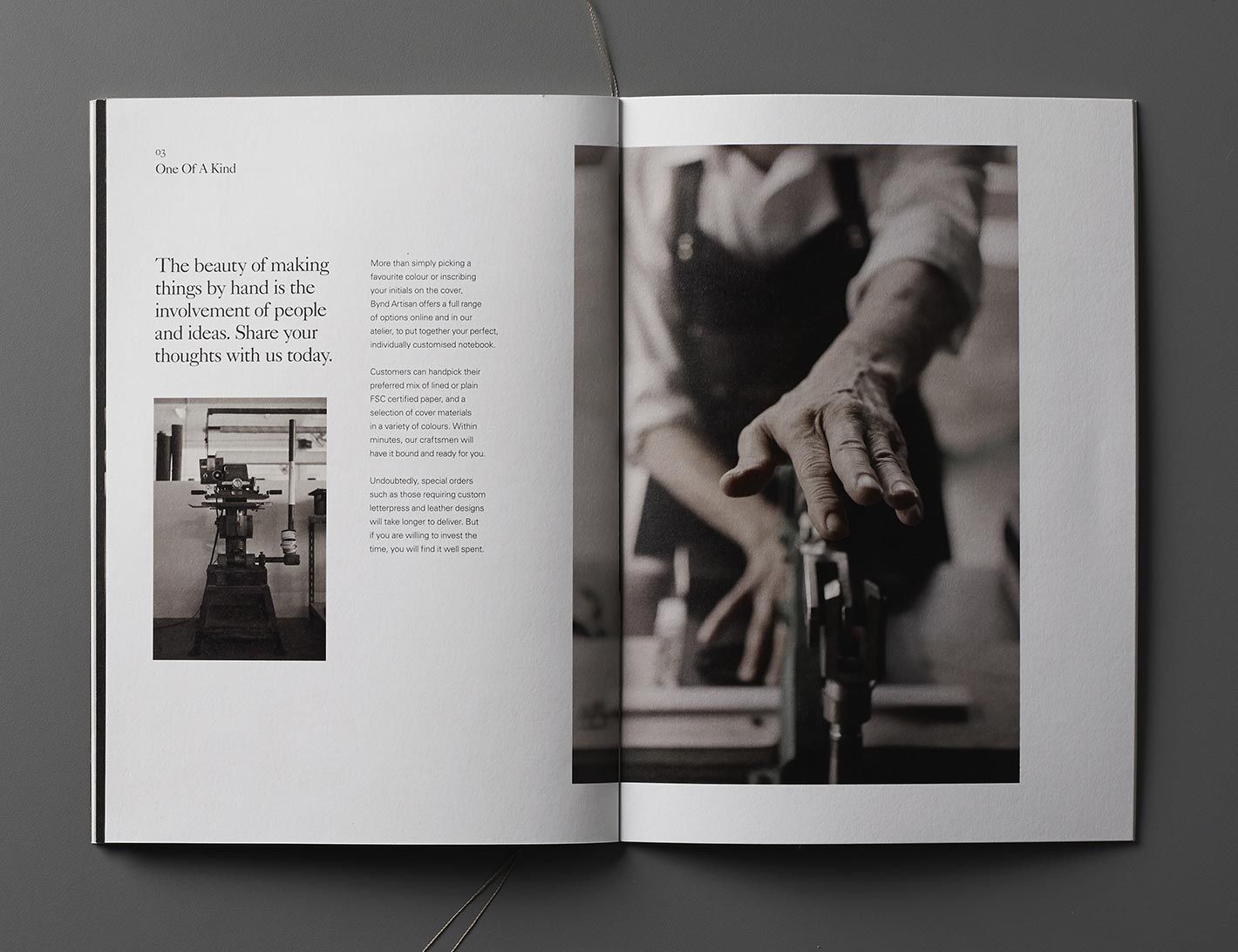
왜 중국에서 책 인쇄를 선택해야 할까요?
고품질이면서도 저렴한 인쇄에 대한 수요가 증가함에 따라 많은 출판사, 저자, 기업이 중국에서 책을 인쇄하기로 선택하고 있습니다.

소책자 인쇄가 여전히 귀사의 비즈니스를 위한 강력한 마케팅 도구인 이유
끊임없이 변화하는 디지털 마케팅과 기술의 발전 속에서 소책자 인쇄와 같은 기존 마케팅 방법은 점점 더 의미를 잃어가는 것처럼 보일 수도 있습니다.
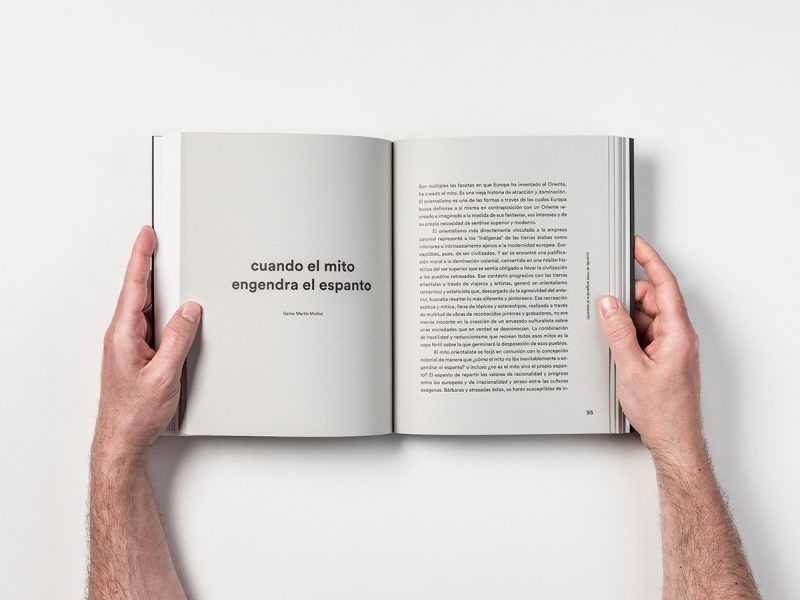
300페이지짜리 책을 인쇄하는 데 비용이 얼마나 들까요?
책을 인쇄하는 것은 작가, 출판사, 기업 모두에게 신나는 여정입니다. 그러나 300페이지 분량의 책을 인쇄하는 데 드는 비용을 이해하는 것은 프로젝트가 예산 내에 있도록 하는 데 매우 중요합니다.
